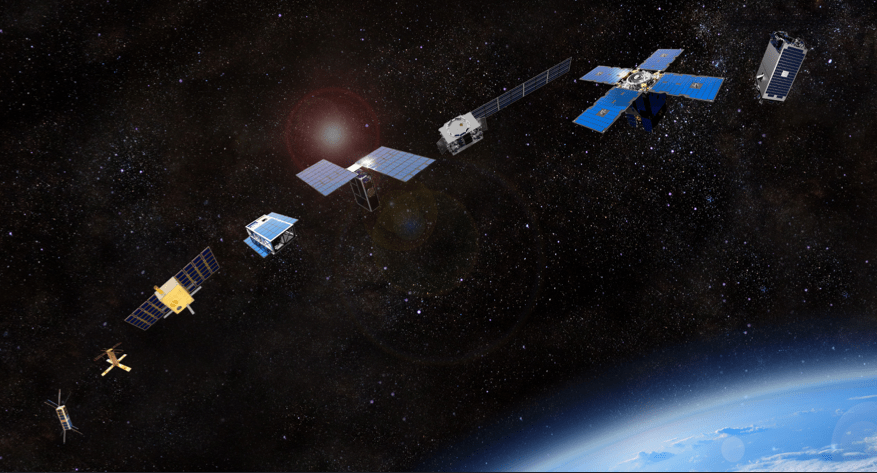WASHINGTON — The U.S. military has begun to recognize the utility of small satellites, with programs like the Space Development Agency’s Proliferated Warfighter Space Architecture leveraging smallsats for missile tracking and communications. However, a new report argues that the U.S. Space Force has yet to fully commit the resources to capitalize on this technology at scale.
“The Space Force, Congress, and the industrial base must adjust old paradigms built around large, legacy space systems with long and costly development timelines and move toward a hybrid approach that includes both smallsats and large, exquisite satellite systems,” says a report released July 25 by the Mitchell Institute for Aerospace Studies.
The report calls on the U.S. military to fully leverage the innovations in small satellite technology to enhance its space capabilities and maintain superiority in a contested domain.
Smallsats have become increasingly popular in both commercial and military applications due to their lower cost, faster production times, and ability to be deployed in large numbers. This proliferation allows for greater resilience and redundancy in space operations, the report says, arguing that proliferation is crucial to maintaining what the military terms “space superiority” — the ability to operate freely in space while denying adversaries the same capability.
Smallsats, typically weighing less than 1,200 kg, have gained significant traction in recent years. Commercial players like SpaceX and Planet have demonstrated the power of large constellations of small satellites for various applications, from global internet coverage to Earth observation.
Charles Galbreath, lead author of the report, says the Space Force must embrace the smallsat revolution or risk losing the high ground in space. “Our adversaries, particularly China and Russia, are developing sophisticated counterspace weapons aimed at our legacy satellite systems. SmallSats offer a way to enhance our resilience and operational capabilities in this new environment.”
The report recommends the Department of Defense boost production rates, strengthen supply chains, and increase funding to support large-scale smallsat deployment.
